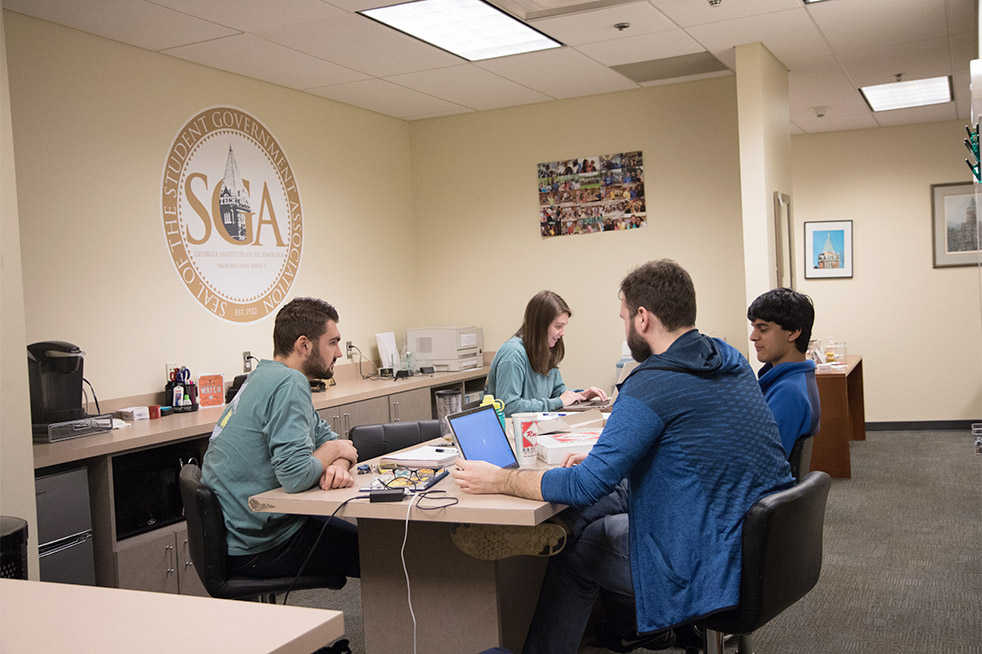Late last semester, SGA passed two resolutions designed to improve access that students and administrators, like school chairs and deans, have to Course-Instructor Opinion Survey (CIOS) response data.
The main goals of the resolutions are to help students “make informed decisions during registration” and to enable administrators to more accurately assess teaching performances.
Currently, students are only able to access historical CIOS data taken from between Fall 1999 and Spring 2011 through an online viewer that requires the input of a class’s course number and section code in order to find numerical survey results.
The first resolution, 17J112, will allow students to access numerical summaries of the most recent CIOS surveys in addition to historical surveys through the SGA-run Course Critique
website, which allows anyone to see the student grade distributions and class sections previously taught for each professor.
According to the text of the resolution, the CIOS metrics released to students would include the data on the student responses to the survey questions “how many hours [students spent]” in class and on homework, “how prepared [students] were for the subject,” the “degree to which activities and assignments facilitated learning” and overall course effectiveness. Only numerical data will be released to students, meaning that short response answers will remain inaccessible.
However, the second resolution, 17J113, will give administrators access to students’ anonymous written CIOS responses. This is a change from previous years where only the course instructors were given access to the written responses of the students who took their class, and only school chairs and deans received access to CIOS numerical data.
The hope is that administrators will be able to use the responses to assess teaching performance, help “make promotion and tenure decisions” and have discussions with instructors where they “identify which teaching practices work well in order to improve the classroom environment and experience for all parties involved.”
Lindsey Eidson, vice president of Academic Affairs, spoke regarding both bills explaining that the main reason for the decision to release freeform data to administrators is to keep faculty responsive.
“This is important to establish a great learning environment and help teachers,” said Eidson. “We want to protect our students and faculty with this plan.”
Both resolutions were also passed by the Undergraduate House of Representatives per unanimous consent on Nov. 29, and furthermore must be approved by the Faculty Senate before officially becoming new policies.
